If you’ve been home more often than not because of Covid Safe at Home, this is a good time to ensure that your dog doesn’t end up with Separation Anxiety (SA) when you go back to work. I’m concerned, as are many of my colleagues, that there is going to be a surge in separation anxiety cases once people aren’t home as often. I suspect that this is especially true of all the dogs that have been adopted from shelters during the Covid crisis, and have yet to experience being home alone.
Here are three tips that can help:
1. Keep calm and come home: Teach your dog that your arrivals and departures are nothing to get excited (or anxious) about. I’ll admit that it’s hard to not get excited when you get home and there’s a wriggly, puddle of love waiting for you, but calm is key. Keep your greetings quiet and low key–this doesn’t mean you can’t love up your dog as much as you’d like. Just do it without lots of highly arousing expressions of joy; quiet and calm is the key here.
That’s goes for departures too. As a friend once said when I told her I felt guilty leaving my dogs home, she noted that they were going to spend the morning lying on the couch while I worked my ass off in my office to bring home the dog food. Now I say quietly, with true warmth and affection,”Love you, be good” when I go, and leave it at that.
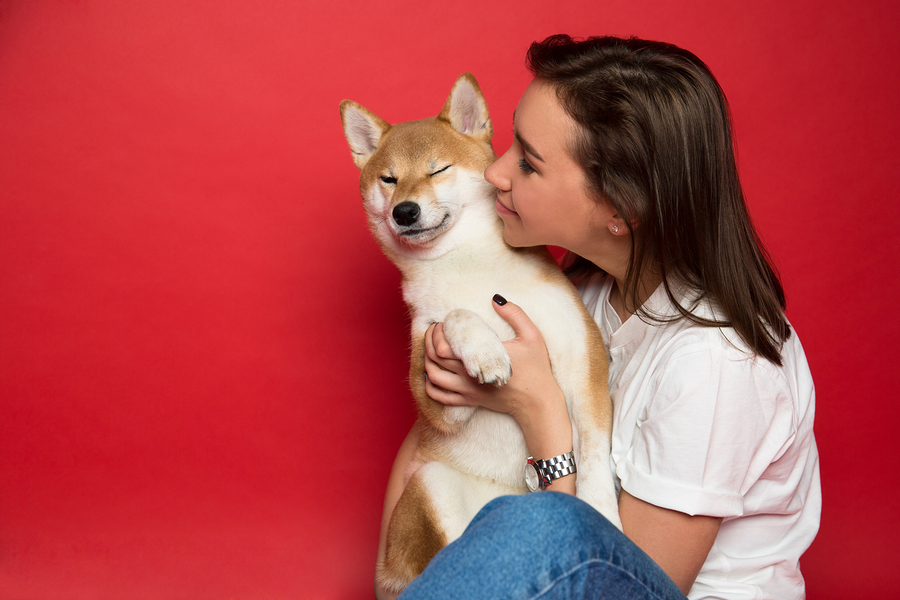 Please don’t be this person, says the dog while trying to get away.
Please don’t be this person, says the dog while trying to get away.
2. Begin a desensitizing and counter conditioning plan. The good news is that it’s not hard to condition a dog to being comfortable when you leave the house. The bad news is that, depending the dog, it can take focus and energy, qualities in short supply for most of us right now.
Here’s the simple version: Leave your dog with something that makes her happy while you leave the house. Here’s the oh-so-important detail: Start by leaving for just seconds or minutes at a time. Where you start depends on what your life is like right now, and how dependent or independent your dog is. If your dog is often alone in the house while you and the family are out in the garden, then just add in a quick drive around the neighborhood while your dog chews on a stuffed Kong or bullystick.
If you think about it and realize your dog has simply never been alone in the house lately, then start by having everyone walk to the mailbox while your dog snarfs up kibble tossed onto the floor. What’s important is to start small: Really, really small. If your dog already has SA, then “small” means “walk to the door and put your hand on the doorknob” five times in a row while your dog eats some treats. Or pick up your keys, or put on your coat, ten times in a row to desensitize your dog to that action.
This is the tricky part to explain, because it depends on so many factors, most importantly, your dog’s behavior when you leave the house. If you have a new dog that you got while you stayed Safe at Home, start by noticing how often you leave the dog alone in the house and what you can guess about your dog’s behavior behaves if/when you’re gone. (Taping your dog is a great thing to do and can actually be entertaining.)
I wrote a booklet titled I’ll Be Home Soon: How to Prevent and Treat Separation Anxiety that goes over this in great detail. It’s concise, only 38 pages, and might be worthwhile if you need some more advice about how to proceed. Dogwise and I agreed to put it on sale, basically at cost, in order to help out anyone who could use it.
(Cautionary note: I wrote the booklet in 2000, twenty long years ago, and used the phrase “leader of the pack”. Sigh. It had nothing to do with the meaning now associated with that phrase; it advised teaching your dog to be patient and polite. Needless to say, next time it’s printed I’ll change the wording.) (Cautionary note #2: The scariest thing about publishing something is that the words you wrote will live on. And on and on . . .)
If you’d like to read more on this topic, you might enjoy reading a post I wrote in 2011 about research that claimed counter conditioning wasn’t helpful in SA cases. The research is so flawed my head almost exploded, but it makes for amusing if not slightly frustrating reading.
3. Never correct or punish your dog after the fact. This actually goes for ALL dog behavior, but is highly relevant to dogs who are anxious when left alone. Your dog may look guilty when you come home to ripped up pillows or a pile on the carpet, but Brandy’s appeasing posture is designed to avoid your wrath, not because “she knows she shouldn’t do it”. (Read more about the “guilty dog fallacy” here). Scolding her when you get home will likely do nothing but make it worse the next time you leave.
I’d love to hear what’s going on with you. Dogs fine home alone? Have a new dog who you’re not sure about? Had a dog with SA and now it’s fine? Let’s us know, we’d love to hear about it.
MEANWHILE, back on the farm: Our life is revolving around Skip’s injured leg, with daily moist heat treatments, laser treatments and 3 sets of physical therapy exercises recommended by kick ass PT Courtney Arnoldy. (Who we managed to get in to see, sort of. I handed Skip off to her in front of the clinic and we worked hard to communicate by phone amidst a major construction project across the street.)
Skip gets one leash walk off the farm a day, which is the best part of his treatment for all of us for sure. We’re up to 35 minutes with no sign of it hurting him, so that’s good news. Prognosis is one to three months more, please please please let it be the former rather than the latter. I am working hard on accepting this reminder of life having “other plans.” I do better some days than others; he and I were just clicking as a working sheepdog team the week it happened, so I alternate between meditative acceptance and being pure and simply pissed off. I give equal thanks to meditation most days, and gin on Friday and Saturday nights to get me through.
I hung back with Maggie to take this shot of Jim and Skip. All of us agree that leash walks are better than nothing, but don’t begin to make up for the joy of off leash walks.
Black Earth Creeks runs alongside one of the trails we have been enjoying lately with the BCs.
Here’s a happy sign of spring: Healthy triplets on the farm of friend Donna H, whose 13 ewes had more triplets (and some quads!) than anything else.
The Prairie Smoke in our garden is smoldering (wait til you see it when it seeds!):
Below is a view from behind the house looking up toward our “DIY safari tent”. The piles you see are from the invasive Bush Honeysuckle that formed an almost solid wall in what used to be an oak/hickory/black cherry woods. I’ve never seen anything as invasive as this plant, it literally takes over entire areas and prevents anything else from growing. A crew from Quercus Land Stewardship spent two days cutting it and treating the stumps. They’ll come back in June to burn the piles, and will seed the area with native woodland flowers and herbs in fall. It’ll take years to get it back to health, and we’ll be dealing with massive amounts of wild raspberries for years, but it will all be worth it, even if it doesn’t come into its own until after Jim and I are gone. (Yes, raspberries are great to eat, but try walking through a patch of solid raspberries sometime.)
Jim and I look forward to staying overnight in the tent sometime soon. We’re waiting for nighttime lows above 50 F, hopefully not too long from now. We have lots more tent clean up to do before staying there though, (we say “your welcome” to all the mice who enjoyed living there last year), so we’re okay with another week of lows in the 40’s.
I loved hearing about what you are looking forward to last week, keep it up!
Poop4U Blog
via www.Poop4U.com
Trisha, Khareem Sudlow

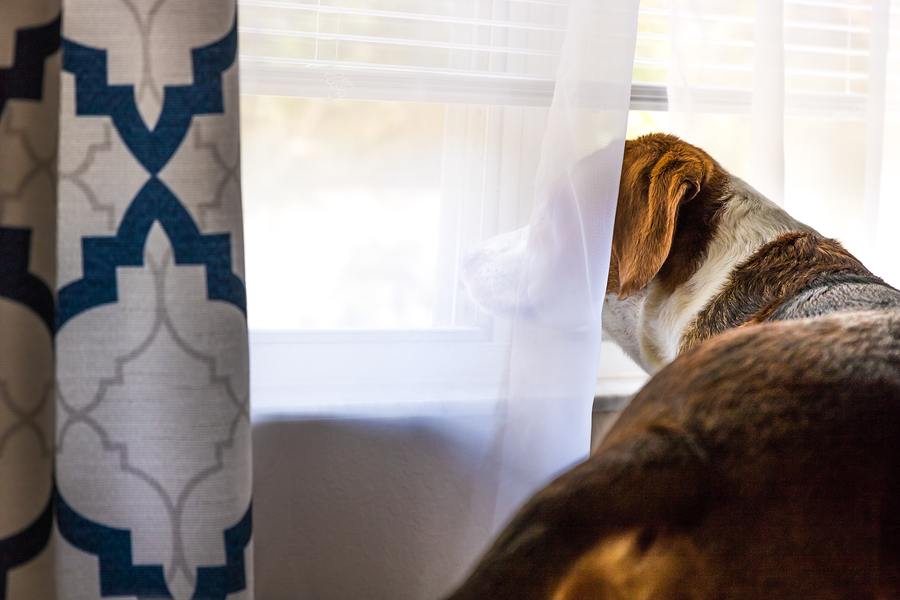

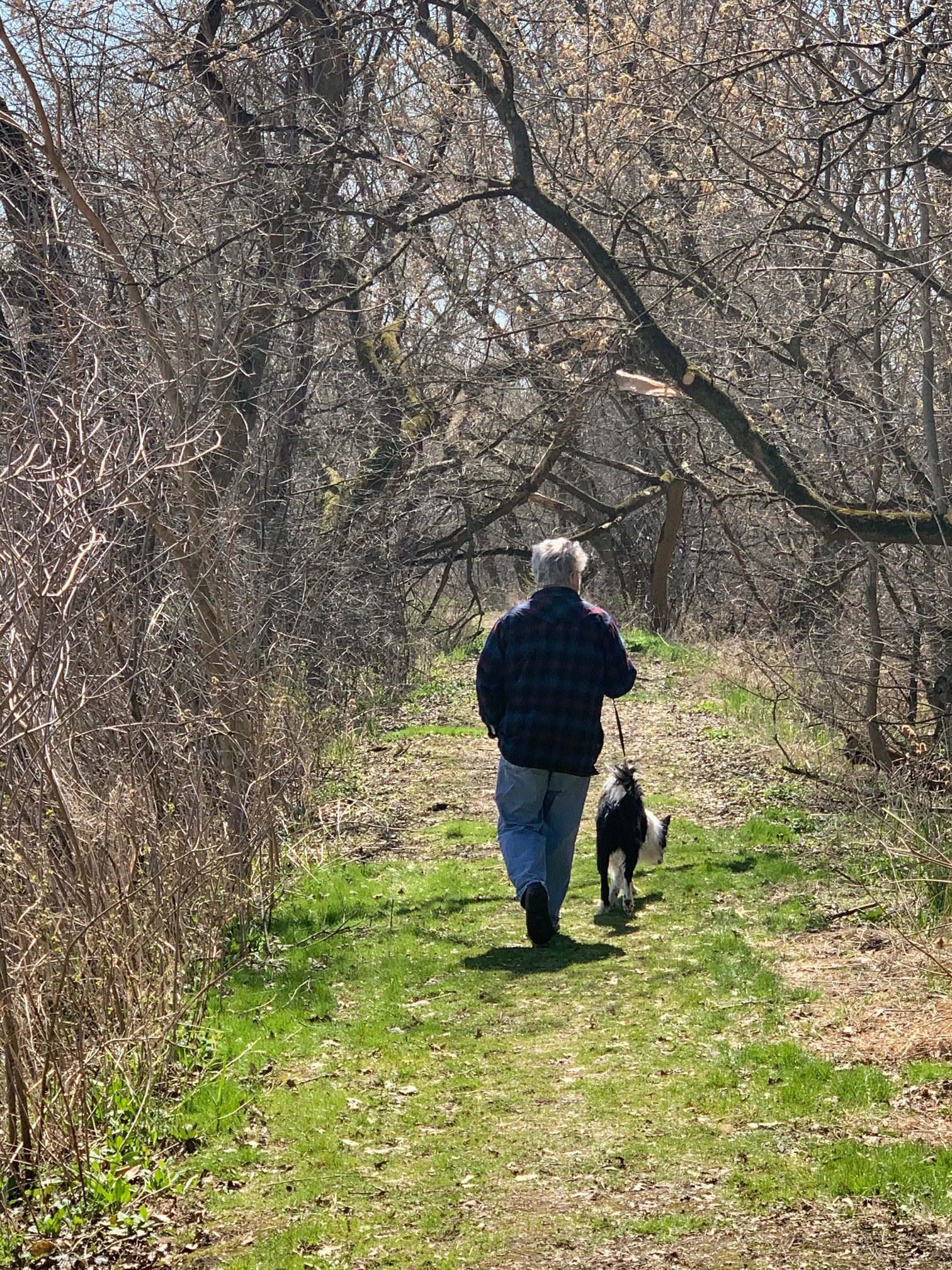
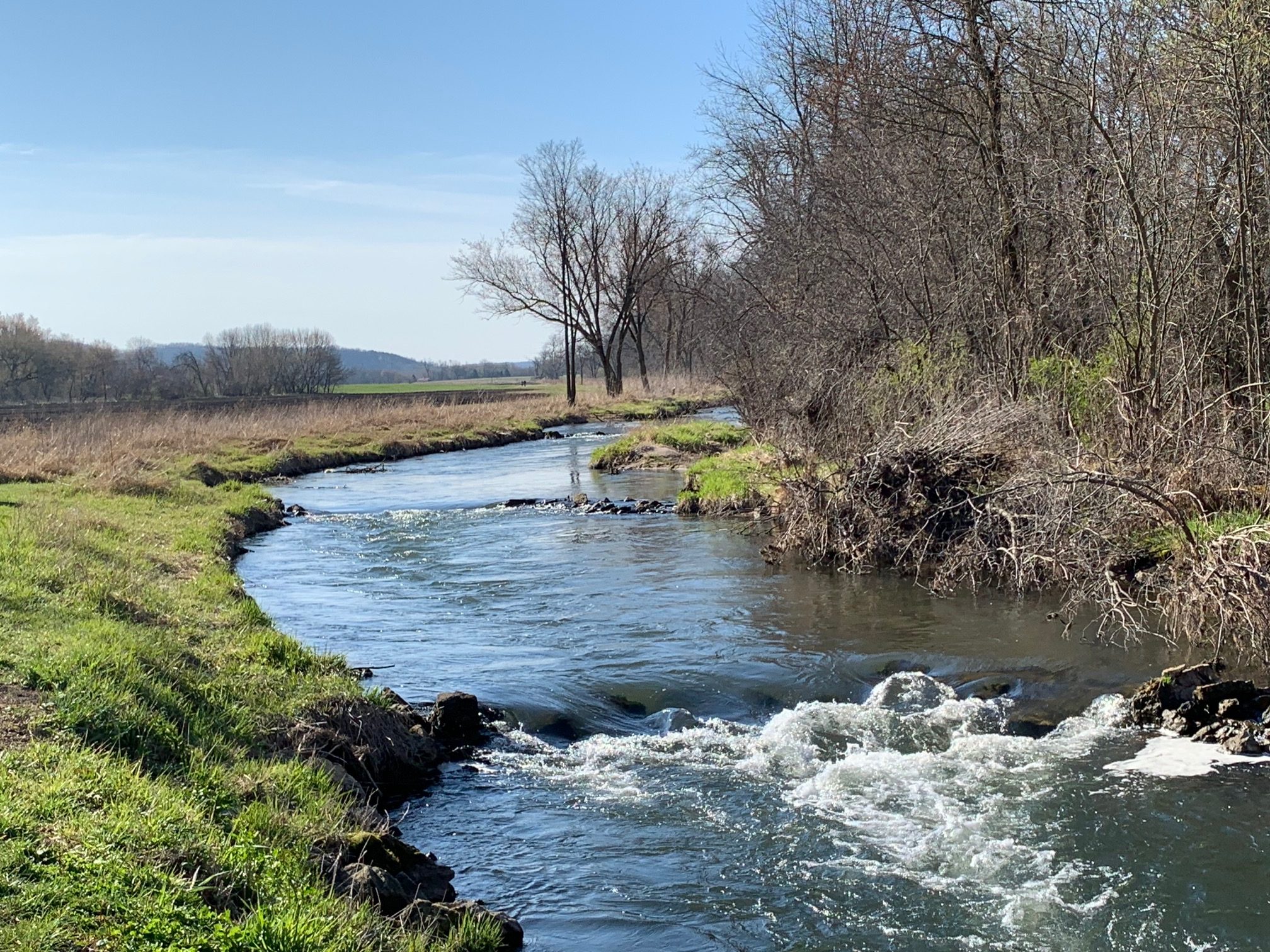
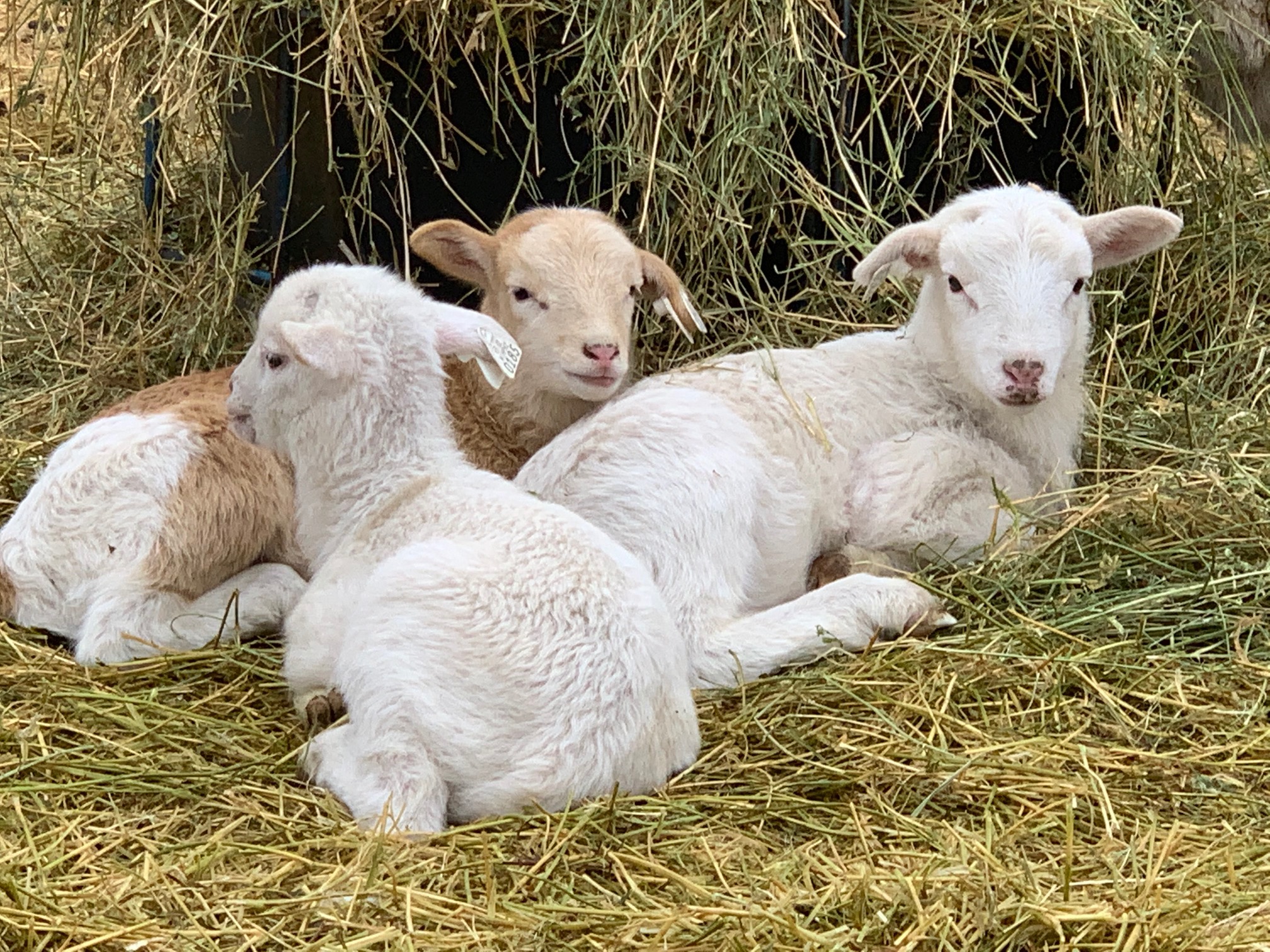
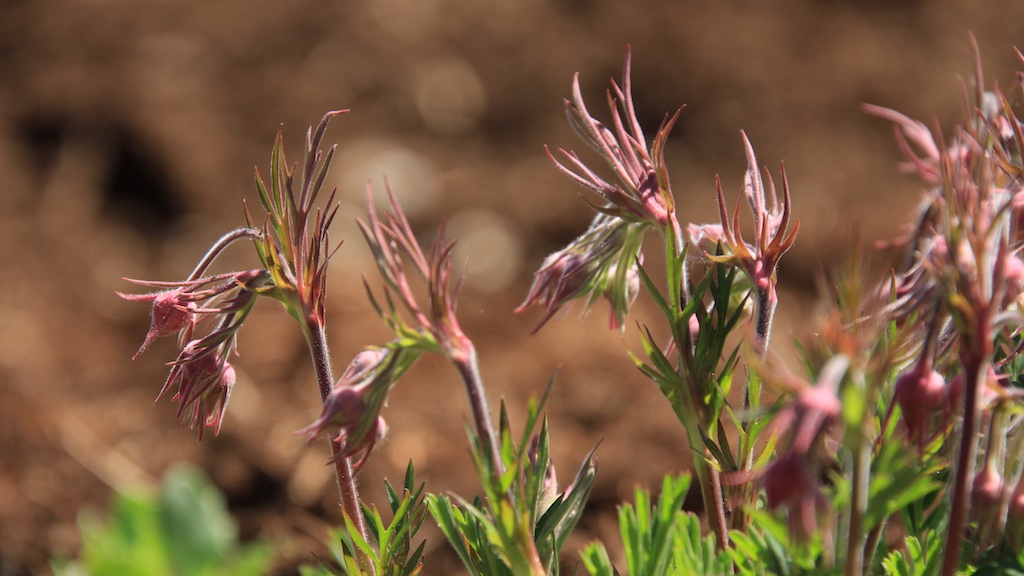
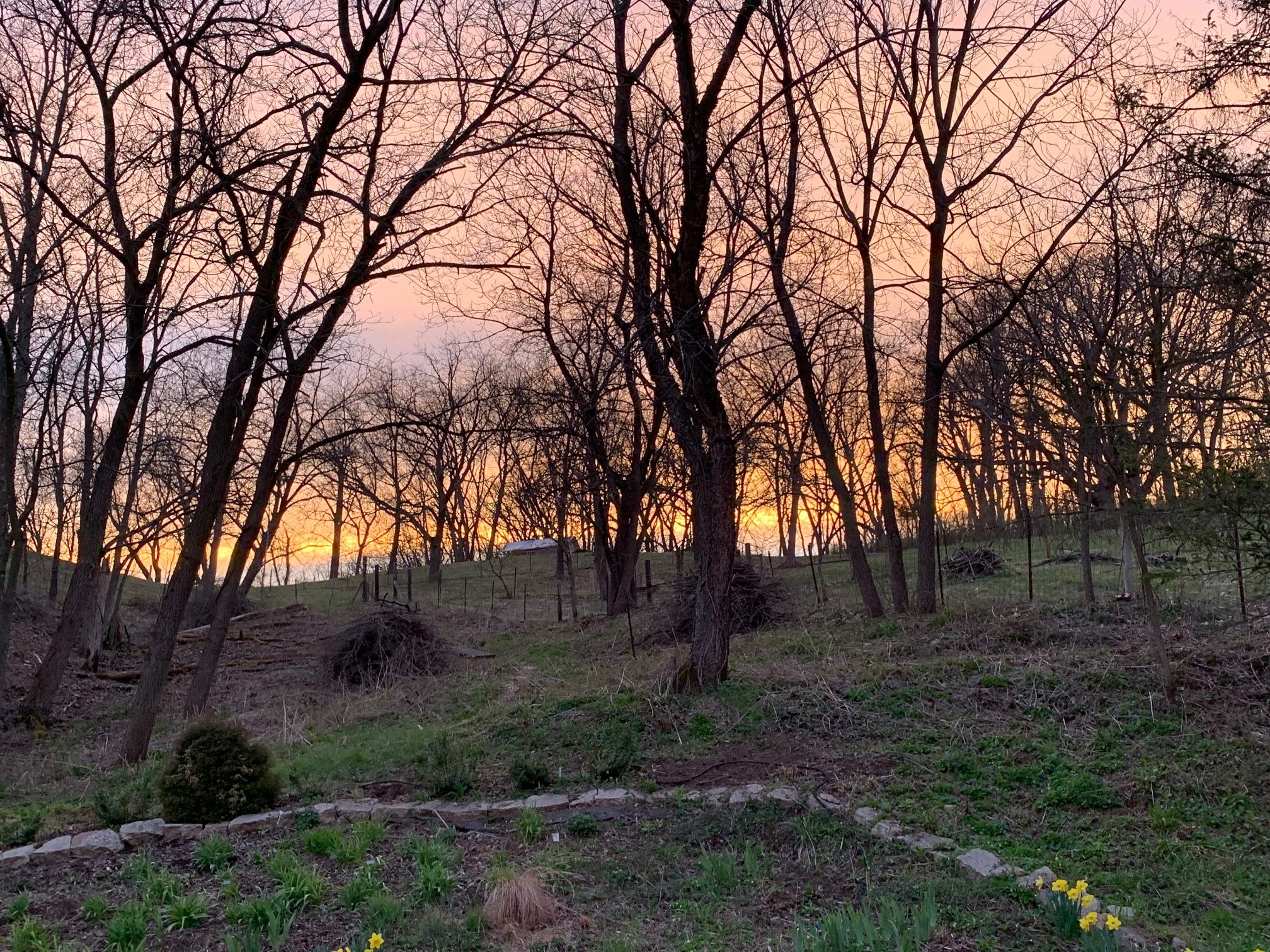

No comments: